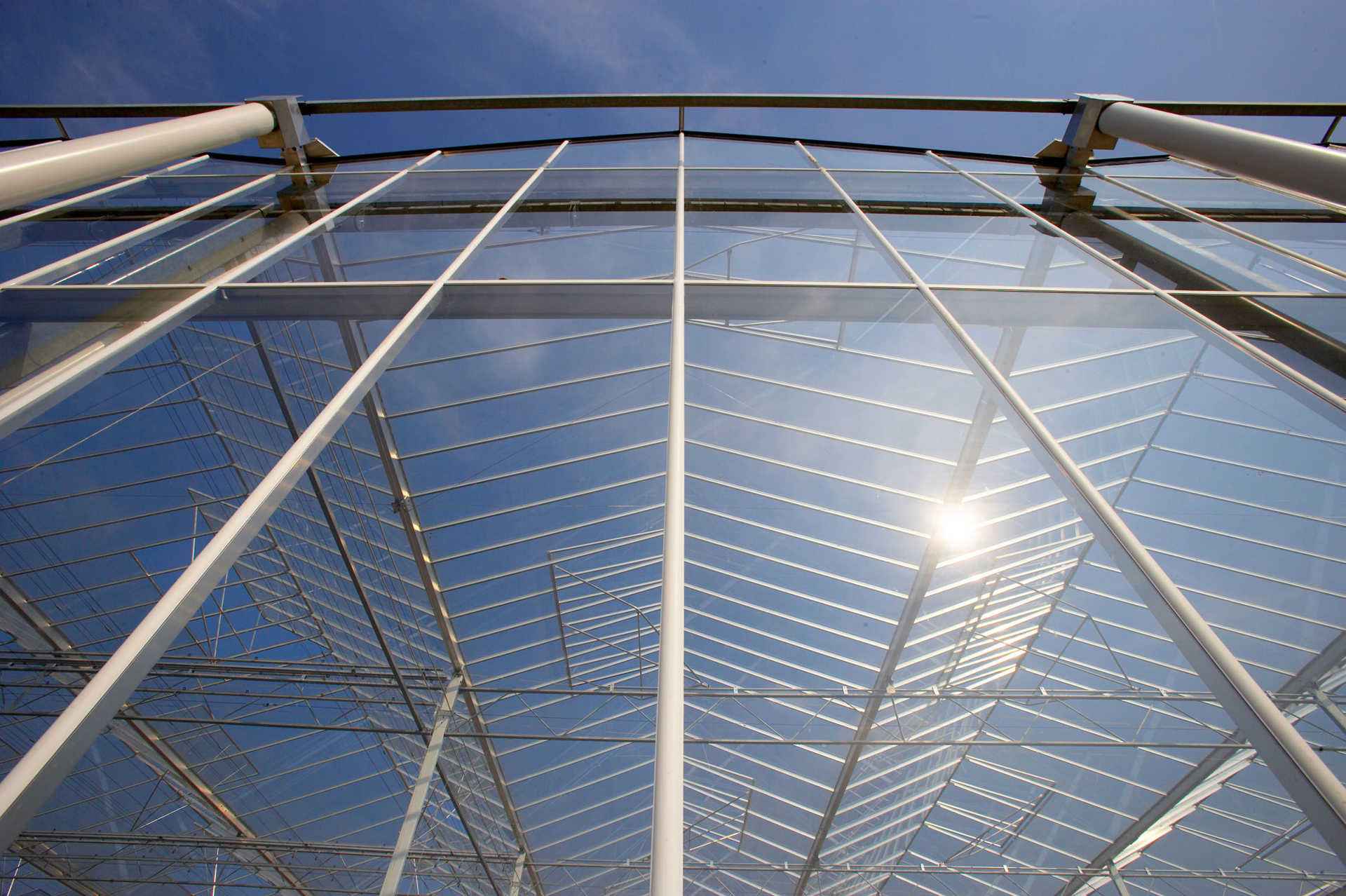Transpiration (ET)

Short definition
In greenhouse contexts, transpiration is the passage of water vapor from plant tissues into the greenhouse atmosphere, driven by stomatal conductance and environmental drivers, and it underpins xylem water transport and leaf cooling.
Expanded definition
=Transpiration in greenhouse contexts is the movement of water vapor from plant tissues into the surrounding air, driven by stomatal conductance and environmental conditions, and it is a major component of the crop water balance. It is commonly quantified at the leaf or canopy level as transpiration rate (g H2O m^-2 s^-1) and can be summed to daily totals (mm day^-1) for irrigation planning. Transpiration depends on light, temperature, vapor pressure deficit, air movement, and leaf area, and it provides latent cooling that helps regulate canopy temperature under changing climates. It also mediates mass flow of nutrients such as calcium to developing tissues, linking climate control to plant physiology and product quality. Synonyms and abbreviations: evapotranspiration, evaporation (leaf), transpiration rate, canopy transpiration, stomatal transpiration, ET.
In Greenhouse Context
Transpiration is a central lever in greenhouse climate management because it governs canopy temperature through latent heat loss and drives the mass flow of water and dissolved nutrients from the root zone to the shoots. Growers monitor and manipulate transpiration indirectly through light management, temperature setpoints, ventilation rate, humidity control, and CO2 levels, with the aim of maintaining a target vapor pressure deficit that supports optimal stomatal behavior. Because transpiration responds to radiation, air temperature, RH, and air movement, it also creates microclimate gradients within the canopy; vertical leaf layers may experience different transpiration demands, which interacts with heater or cooler strategies, fan placement, and the latent load produced by the canopy. Measurement relies on psychrometric data (dry-bulb and wet-bulb temperatures, RH, enthalpy) combined with crop-specific transpiration rates to estimate canopy ET, integrate with irrigation controllers, and determine when to irrigate or vent. In practical terms, high transpiration can cool leaves but raise humidity if ventilation is insufficient, increasing disease risk, while low transpiration may reduce calcium transport to leaves, potentially causing disorders. Consequently, growers balance transpiration targets with humidity, temperature, and CO2 to optimize growth, product quality, and resource use. Automation relies on sensors that infer transpiration demand from VPD, light levels, and canopy status, feeding climate control systems and irrigation schedules. The relationship to related climate metrics like RH, VPD, leaf water potential, and substrate moisture means that ET targets are not a single fixed value but a dynamic target that shifts with crop stage, cultivar, and growth environment.
Examples and/or use cases
On a sunny day in a tomato greenhouse, canopy transpiration rises with PPFD, prompting the climate controller to adjust ventilation and shading to maintain proper VPD and prevent leaf overheating; In a cucumber bench with dense foliage, transpiration demands drive fertigation timing to ensure calcium delivery and to keep substrate moisture in balance while avoiding high humidity; In pepper crops on substrate, irrigation cycles are coordinated with ET estimates to prevent moisture stress and to reduce humid microclimates that foster fungal diseases; CO2 enrichment can alter stomatal conductance and transpiration, so ventilation and dehumidification are tuned to keep humidity in check while maintaining CO2 levels; In vertical farming racks, transpiration varies across stacked canopies, necessitating targeted airflow and humidification control to maintain uniform leaf cooling and prevent condensation.
Relevance
Transpiration sits at the intersection of plant physiology and climate control, linking stomatal behavior to macro climate management. Psychrometric analysis informs VPD targets and latent cooling loads, enabling setpoints and algorithms that keep plants comfortable while minimizing energy use. ET-based irrigation and climate control supports water use efficiency and stable tissue water potential, which are essential for uniform growth and product quality. Because transpiration responds to crop stage, canopy architecture, and environmental drivers, adaptive models and real-time sensor feedback are required to avoid excessive humidity and disease risk while ensuring adequate calcium transport and nutrient delivery. The trade-offs mean growers must balance cooling, humidity, CO2 uptake, and fertilizer mass flow to optimize yield and quality under variable weather conditions. Sources — Books: GreenhouseCultivationExpert — Greenhouse literature on transpiration and crop water balance; Van de Sanden, P.A.C.M. — Greenhouse Climate Control. Sources — Online: https://extension.psu.edu/psychrometric-chart-use/; https://msu-prod.dotcmscloud.com/floriculture/uploads/files/Section%20_3.pdf; https://ceac.arizona.edu/sites/default/files/asae_-_heating_ventilating_and_cooling_greenhouses.pdf.